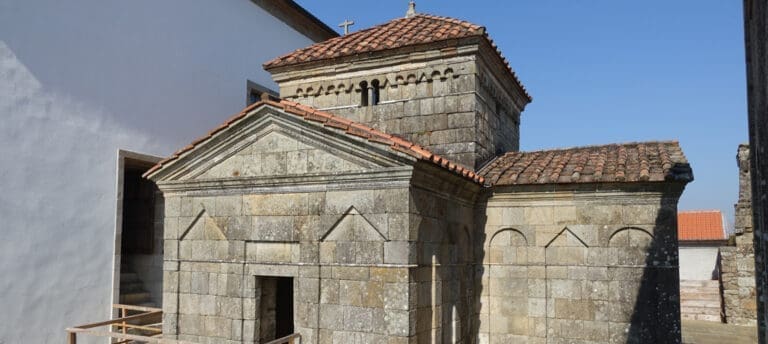It is one of the most significant legacies of the Renaissance in the city. Its construction began in 1560. The main portal bears the date 1562, probably the date when the façade was completed. The gilded altar is one of the main attractions of the building.
The Church of Mercy appears on some plans of the Cathedral as an annex, but in reality it is an independent monument. It was built in 1562, but was greatly modified in the 18th century.
With its sober ornamentation, it preserves good examples of Renaissance architecture, in particular the façade and the side portal which features a scene of the “Visitation” at the top, a masterpiece of the Coimbra school of sculpture from the 16th century.
Inside, the carved baroque altarpiece and the painted wooden ceiling stand out. The altarpiece was made by Marcelino de Araújo between 1734 and 1739 and includes a panel painted by José Lopes in 1735. Although it has a religious theme, it has courtly characteristics, depicting various members of King João V’s family, the queen and her children.
On the main altar, we can also see an image of Our Lady of Mercy, a work by the sculptor José António Gonçalves dating from 1774.

 Braga, Northern Portugal
Braga, Northern Portugal








